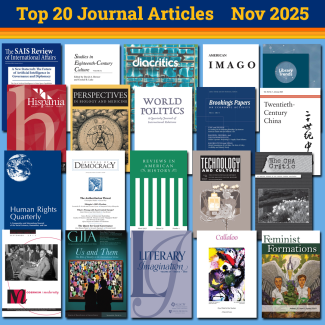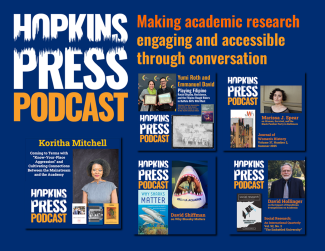
Johns Hopkins UniversityEst. 1876
America’s First Research University
Understanding and Addressing Suicide: An Expert's Perspective on Prevention

Few topics evoke as much misunderstanding and discomfort as suicide. For those left behind, the stigma associated with suicide can be overwhelming, leading to feelings of shame, guilt, and confusion. The silence and lack of clarity around suicide are part of a broader problem that limits our ability to address it effectively. In his new book Suicide, John Bateson, who was the executive director of a nationally certified crisis intervention and suicide prevention center for 16 years, as well as the executive director of three university counseling centers and the deputy director of a multicounty social service agency, examines this national tragedy from multiple angles while debunking common myths, sharing demographic data, and identifying risk factors and warning signs.
In much of the world, including the United States, suicide is viewed predominantly as a mental health issue. The typical approach involves psychotherapy and medication, aimed at treating the individual's underlying psychological issues. This lens, while helpful, limits the conversation to the individual, when, in fact, suicide is a public health issue with wide-reaching societal consequences. Viewing suicide as a broader public health issue is essential to understanding and reducing instances of suicide.
The stigma surrounding suicide prevents many individuals from seeking the help they need. Societal steps, such as restricting access to lethal means or ensuring that health care professionals are trained to recognize and intervene with at-risk individuals, are critical to tackling this problem. A far-reaching and proactive approach is needed to address the various social, psychological, and environmental factors that contribute to suicide.
One of the first steps to reducing the stigma around suicide is to change the language we use. Common phrases like "committed suicide" suggest criminality and reinforce shame. Instead, we should use neutral language, such as "died by suicide," which removes judgment from the conversation. This shift in language can help create a more compassionate environment for those who are struggling and their loved ones. The terminology used for suicide attempts is also important. Referring to a suicide attempt as either a "success" or "failure" implies judgment and sets up a harmful narrative. Instead, we should simply acknowledge whether someone survives a suicide attempt or not.
Bateson's journey into suicide prevention began in 1996 when he became the executive director of a crisis intervention and suicide prevention center in the San Francisco Bay Area. He quickly became immersed in the work, receiving extensive training, serving on national committees, and eventually writing multiple books on suicide prevention. His efforts to raise public awareness, particularly around suicides from the Golden Gate Bridge, led to significant progress, including the installation of a physical deterrent net to prevent future bridge suicides.
This book aims to bring a comprehensive, solution-oriented perspective to suicide. It is written for anyone seeking to understand the complexities of suicide and contribute to meaningful change. The focus is on understanding the factors that lead to suicide, dispelling myths, and advocating for policies and cultural shifts that can prevent it.



